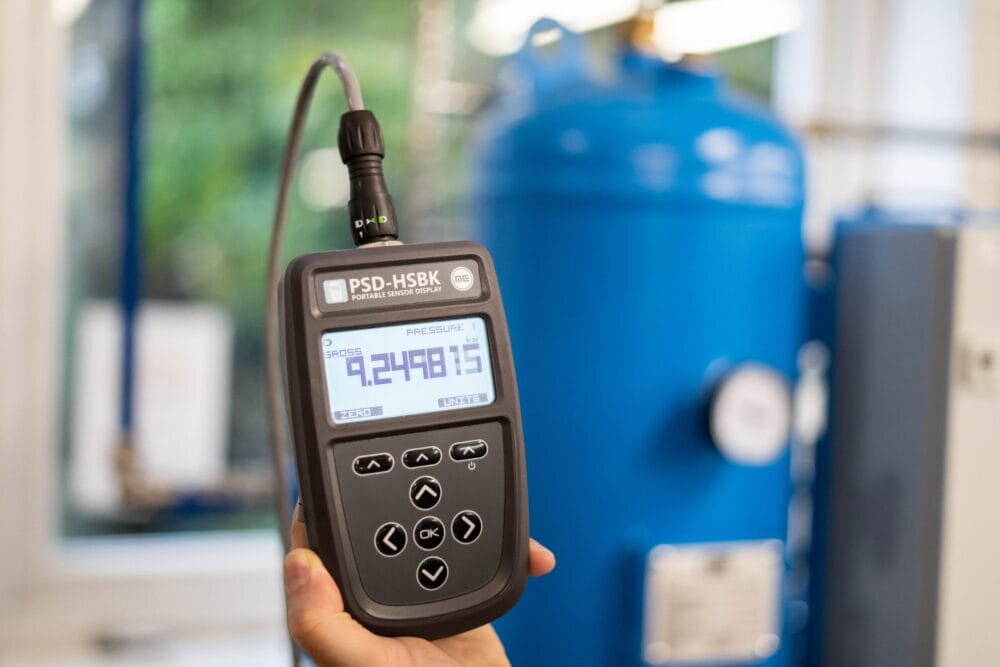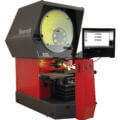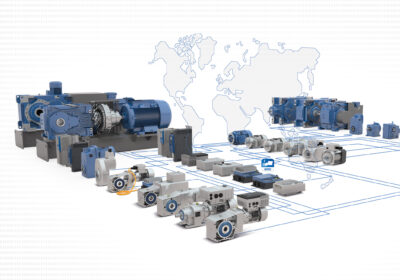In the ever-evolving world of technology, one size seldom fits all. This is especially true for complex sensor systems where the breadth of functionality can often overshadow user-specific needs. Here, Tom Lilly, product manager at Mantracourt, discusses how Mantracourt’s Portable Sensor Display System (PSDS) addresses this challenge head-on, offering a level of customisation that transforms it from a versatile tool to a tailored solution.
The PSDS is a handheld device designed for precision measurement with strain gauge sensors. At its core, the PSDS boasts a wide range of functions, from multiple calibration options to varied sensitivity ranges.
One of the standout features of the PSDS is its advanced calibration capability. Offering options for up to six separate calibrations, the device caters to a diverse range of load cells and measurement needs. This flexibility is ideal for various applications, from simple load measurements to complex tasks in industries like automotive, where it can be used for test and measurement and even in the oil and gas industry for below-hook weighing.
The PSDS can store different calibrations for six distinct load cells or even multiple calibrations for a single load cell under different conditions, such as compression and tension. This versatility covers almost any differential bridge-based sensor requirement.
However, the true beauty of this device lies in its adaptability. Recognising that not all functions are necessary for every user, Mantracourt has designed the PSDS with a key principle in mind: simplicity through customisation.
To avoid overwhelming users with a multitude of different functions, the PSDS is deliberately designed to allow users to customise their experience. Key calibration options, such as the six separate calibrations for different load cells or conditions and the wide range of input sensitivities, can be adjusted to the user’s specific needs. Users can hide unnecessary calibrations to simplify the interface and focus on what’s relevant for their task.

Once a calibration is set in a specific unit, users can easily switch between different units of the same type, like mass or force, at the touch of a button. The PSDS also offers three types of calibration – gain and offset, multi-point, and polynomial – each tailored to different measurement needs.
Customisation extends further into the realms of units of measurement and display types. The PSDS offers an extensive list of measurement units, including grams, kilograms, newtons, and many others. Yet, it also allows users to streamline their choices, displaying only those units that are relevant to their work. This level of customisation ensures that the PSDS remains a tool that is both comprehensive and user-friendly.
The PSDS also allows for security and protection of calibration settings. It provides robust features allowing users to lock their calibrations and protect them with a password, effectively preventing unintentional alterations. This ensures that tailored configurations remain intact and secure.
The dual-layer of protection, which includes both toolkit access and configuration settings, is particularly valuable for technical partners. It allows them to safely recalibrate equipment without risking unauthorised access or interference, adding an essential layer of customisation and security.
The device’s adaptability does not end with its internal features. Its external design, marked by a modern, user-friendly interface, reflects a commitment to both functionality and ease of use. With a clear display and intuitive navigation, the PSDS stands out as a device that is not only powerful but also approachable.
To find out more about how the PSDS can improve your sensor measurement, visit Mantracourt’s website.








